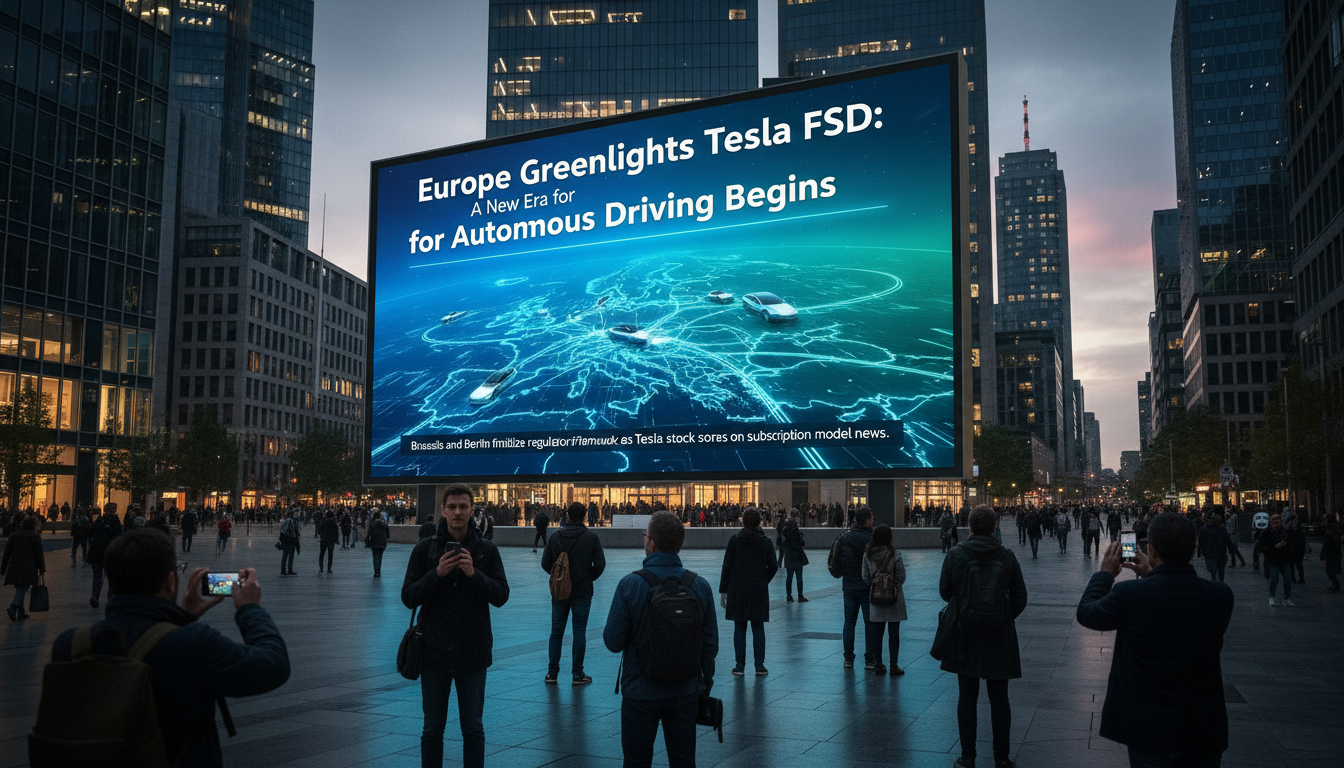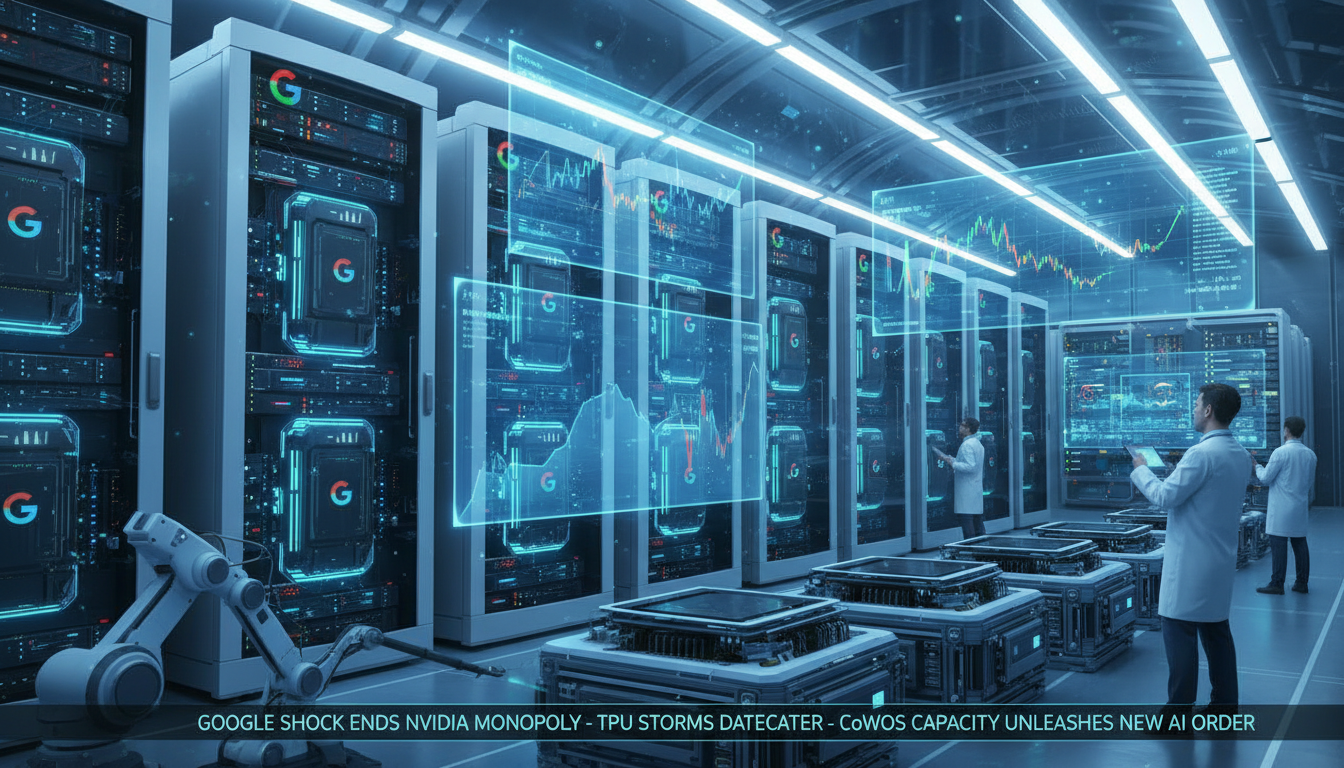● Revolutionary AI, Game-Changer, Digital Economy
Google Nanobanana: The Economic Impact of the AI Image Editing Revolution and a New Leap in the Fourth Industrial Revolution
Google Nanobanana – The Emergence of Innovative Image Generation AI
In the flow of the global economy and innovative technology, Google’s latest image generation AI “Nanobanana” is breaking the paradigm of traditional Photoshop.
It allows for image editing through natural language input, making creative tasks accessible not only to designers but also to general users.
This technology, which is expected to play a significant role in the Fourth Industrial Revolution, stands out compared to existing AI image editing technologies due to its ability to maintain consistent facial features, achieve precise compositing, and support various angles and lighting setups.
Practical Tips and Step-by-Step Approach for Designers
According to insights shared by actual designers, the key to using Nanobanana is to approach it step-by-step rather than expecting perfect results in one attempt.
First, generate the model (face, body, proportions) and then layer clothes or backgrounds according to the desired pose and style, followed by fine-tuning to complete the final image.
Since the feel of the photo can change drastically depending on lighting settings and angle adjustments, multiple attempts are needed to derive the best possible results.
Additionally, utilizing Google A Studio, which provides free credits and a user-friendly testing environment, allows users to experience AI trends without a burden and incorporate them into their work.
The Impact of AI Trends on the Global Economy and Digital Transformation
Image generation AIs like Nanobanana are accelerating digital transformation beyond being mere design tools.
This technology is expected to lead to cost reductions and productivity improvements across various industries such as advertising, fashion, and entertainment, while also playing a crucial role in innovative product synthesis and marketing strategy development.
Furthermore, the ability to create customized content through AI will contribute to enhancing global economic competitiveness and herald new changes in the traditional software market.
A New Perspective to Note – The Value of Repetition and Precision
A key point that is often overlooked in most news articles is the importance of “repeated prompt adjustments.”
If a perfect image does not emerge from a single input, one must go through multiple attempts and detailed refinement processes to achieve the final result.
In this process, designers imbue the AI with the ‘immediacy’ and ’emotion’ akin to actual shoots, creating images that are more realistic and original.
In other words, it requires professionalism that considers various elements such as angle, lighting, and filters, rather than just “inputting commands” to yield results like a photographer.
< Summary >Google’s Nanobanana is an innovative AI tool that allows image editing through natural language input.
Designers obtain the best results through a step-by-step approach and repeated adjustments,
and this technology is expected to have a significant impact on the global economy, digital transformation, and the flow of the Fourth Industrial Revolution.
Moreover, it challenges the existing software market and presents a new direction for innovative technologies.
[Related Articles…]The Future Direction of Google AIThe Current State of Digital Transformation and Innovation
*Source: [ 티타임즈TV ]
– 사고 싶은 옷 ‘나노바나나’로, 안되던 요가 자세도 나노바나나로 (조선영 디자이너)
● Revolutionizing Business Big Data and AI Unleash Disruption
In the era of AI, an in-depth analysis of corporate innovation strategies amidst big data and the Fourth Industrial Revolution – a new paradigm of economic outlook
1. Factors of Corporate Failure and Structural Limitations Seen Through Big Data
Big data experts analyze the characteristics that appeared before existing conglomerates went bankrupt, pointing out unnecessary approval processes and overlapping decision-making stages within the organization.
When companies pursue excessive investment and scale-up, they face structural limitations due to accumulated costs and time.
In particular, as the organization grows, communication costs among members increase explosively, diminishing the efficiency of decisions.
This analysis is gaining attention as an important keyword for economic outlook in the context of the Fourth Industrial Revolution and the global economy.
2. Corporate Innovation and Future Strategy Viewed Through AI Trends
As AI trends play a central role, existing business processes are being replaced and transformed to maximize efficiency.
It is necessary to introduce a light and fast decision-making system, rather than the traditional ‘octopus-style’ expansion, to respond flexibly to changes.
Big data analysis results show that a culture of ‘constant learning from failure,’ where experiences of failure are quickly learned and shared, determines competitiveness within the organization.
Companies need to redesign their existing management oversight system based on AI and automation technologies to maximize the creativity and focus of their talent.
This change is becoming essential not only for rapidly positioning startups in the market but also for existing conglomerates.
3. Reorganization of Organizational Culture and Compensation Systems – Rapid Decision-Making and Expansion of Autonomy
Successful companies in the global economy are those that create an environment where talent can propose autonomous and innovative ideas rather than relying on rigid evaluations.
Within the organization, performance-based evaluation and compensation systems should replace traditional attendance management systems.
Especially as management positions are reduced through automation using AI technology, each member must be able to operate their own area based on expertise and responsibility.
The new system encourages a culture of quickly responding through the experience of small failures, providing an opportunity to redefine the traditional compensation system.
4. Future Jobs and Talent – Key Competencies to Survive in the Era of AI
As AI penetrates various industries, the boundaries of traditional jobs are being shattered, and new job groups are expected to emerge.
Talent that used to rely on past experiences and knowledge needs to quickly acquire and transition to new tools and technologies; ‘adaptive change capability’ is the key to survival.
Individuals must boldly discard existing skills and experiences and develop skill sets utilizing the latest AI technologies.
In this process, various competencies, including creativity, expertise, and collaboration skills, are emerging as essential keywords for economic outlook in the future job market.
5. Key Points that Readers Might Overlook
1. The existing large-scale investment and expansion strategies can act as risk factors.
2. Redesigning decision-making and evaluation systems by introducing big data and AI technologies is directly tied to the survival of companies.
3. As the organization flattens and the autonomy spreads, a culture of rapid learning through frequent failures becomes essential.
4. In the era of AI, it is necessary to innovate the entire business structure and culture beyond merely adopting technology.
5. In the global economic environment, based on Korea’s compressed growth and rapid adaptability, the opportunity to secure future competitiveness is open to everyone.
< Summary >
According to the analysis utilizing big data and AI trends, the existing management approach centered on expansion has reached its limits.
Companies need innovation through autonomy and rapid learning from failures instead of overlapping decision-making structures and excessive investments.
The introduction of new evaluation and compensation systems, as well as AI technology, is highlighted as an essential element for strengthening future job and talent competitiveness.
In line with the global economy and the Fourth Industrial Revolution era, strategic change and rapid adaptability will act as the core of corporate survival.
[Related Articles…] AI Innovation and Global Economic Outlook | The Role of Big Data in the Era of the Fourth Industrial Revolution
*Source: [ 지식인사이드 ]
– 빅데이터로 분석한 AI에 절대 대체당하지 않을 사람ㅣ지식인초대석 EP.75 (송길영 박사 2부)
● Groundbreaking AI Innovations Transforming Global Economy
The Future of AI Technology and the Fourth Industrial Revolution: Recent Innovations from Microsoft, Google, and Meta, and Global Economic Outlook
1. Microsoft’s Mico AI Assistant – A New Clippy with Emotions
Microsoft has unveiled a new AI assistant, Mico, that reminds us of the long-forgotten Clippy from decades ago.
Mico goes beyond a simple assistant program, equipped with emotional AI capabilities that respond to voice, remember conversation details, and even change facial expressions.
Notably, Mico’s ‘learn live mode’ feature takes on a Socratic tutoring role, utilizing whiteboards and visual materials to help users understand concepts.
Through this, Microsoft is showcasing innovation that aligns with the advancement of human-centered AI technology and aims to gain an edge in the global economy and AI tech competition.
Regarding economic outlook, such changes are drawing attention as key terms for digital transformation, productivity innovation, and leading future markets.
2. Google FLAME and Willow Chip – A Leap in AI Model Training and Quantum Computing
Google has introduced the FLAME system, innovating the training time and computational efficiency of AI models.
FLAME is designed to effectively fine-tune AI models within minutes on standard CPUs, which is significant as it achieves AI innovations without high-performance GPUs.
Furthermore, Google’s Willow chip shows the ability to process specific algorithms 13,000 times faster than traditional supercomputers, based on 105 qubits.
This result is the first example demonstrating the practical feasibility of quantum computing, expected to have a significant impact on practical economic applications such as medical imaging analysis and molecular-level physical phenomenon simulations.
This achievement, reflecting the development of AI technology and quantum computing as core drivers of global economic competition and the fourth industrial revolution, marks an important turning point in economic outlook and innovation.
3. Meta’s Docusaurus 3.9 – Innovations in AI-Based Document Search and Development Environment
Meta has released version 3.9 of its open-source document generation tool, Docusaurus, now featuring an AI-based interactive document search function.
This feature allows users to ask questions in natural language and have related documents retrieved immediately.
Additionally, it includes multi-language and local URL settings for internationalization support and options to accelerate build speeds, greatly aiding efficiency for developers and teams.
Such changes represent key technological trends driving global economics and innovation alongside predictable growth in the fourth industrial revolution.
4. AI Ethics and Responsibility – Perspectives on Adult Content and Technological Advancement
The Chief AI Officer of Microsoft has taken a strong stance on the issue of adult content being included in AI chatbots.
While some companies offer adult functionalities, sparking ethical controversies, the issue of social responsibility regarding AI has emerged.
This suggests the need to consider the economic, social, and legal challenges behind technological advancements, presenting a new task for the fourth industrial revolution.
As we look at the economic prospects led by AI innovations, we must also consider aspects such as AI ethics, regulation, and consumer protection.
5. Key Messages and Economic Outlook – Reading the Flow of Changes
The various innovations announced this week, including Mico, FLAME, the Willow chip, and the Docusaurus update, warn of major impacts on AI technology and the fourth industrial revolution.
As indicated by key SEO terms such as economic outlook, global economy, innovation, AI technology, and the fourth industrial revolution, these technological advancements will serve as core competitive advantages in digital transformation and AI trends.
In addition to the competition among companies for technological development, we cannot overlook the impacts of AI ethics and regulatory issues on the economy and society.
Moving forward, we must closely observe how technology and the economy interact to create new market value.
< Summary >
Microsoft’s Mico AI Assistant demonstrates the evolution of Clippy with emotion recognition and conversation memory features.
Google’s FLAME system and Willow chip are driving innovation by achieving efficiency in AI model training and practical applications of quantum computing.
Meta’s Docusaurus 3.9 update enhances the development environment with the addition of AI-based interactive document search functionality.
Additionally, the controversy over AI ethics and adult content highlights complex issues between technological advancement and the growing global economy.
[Related articles…]
The evolution of Microsoft’s Clippy, Mico released
Google’s Willow chip, a 13,000-fold speed innovation
*Source: [ AI Revolution ]
– Microsoft Just Dropped Mico: The Emotional AI Assistant



